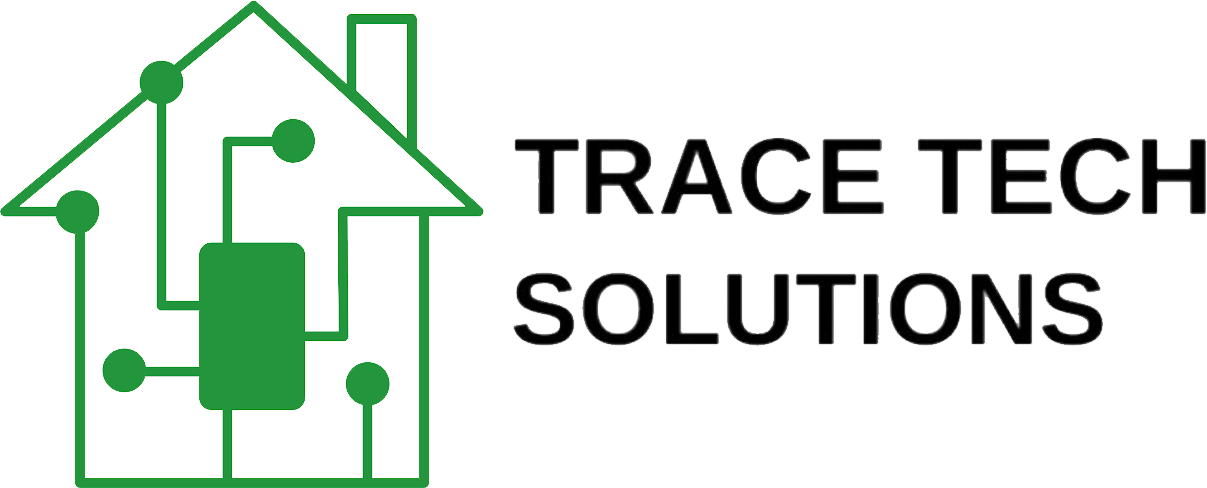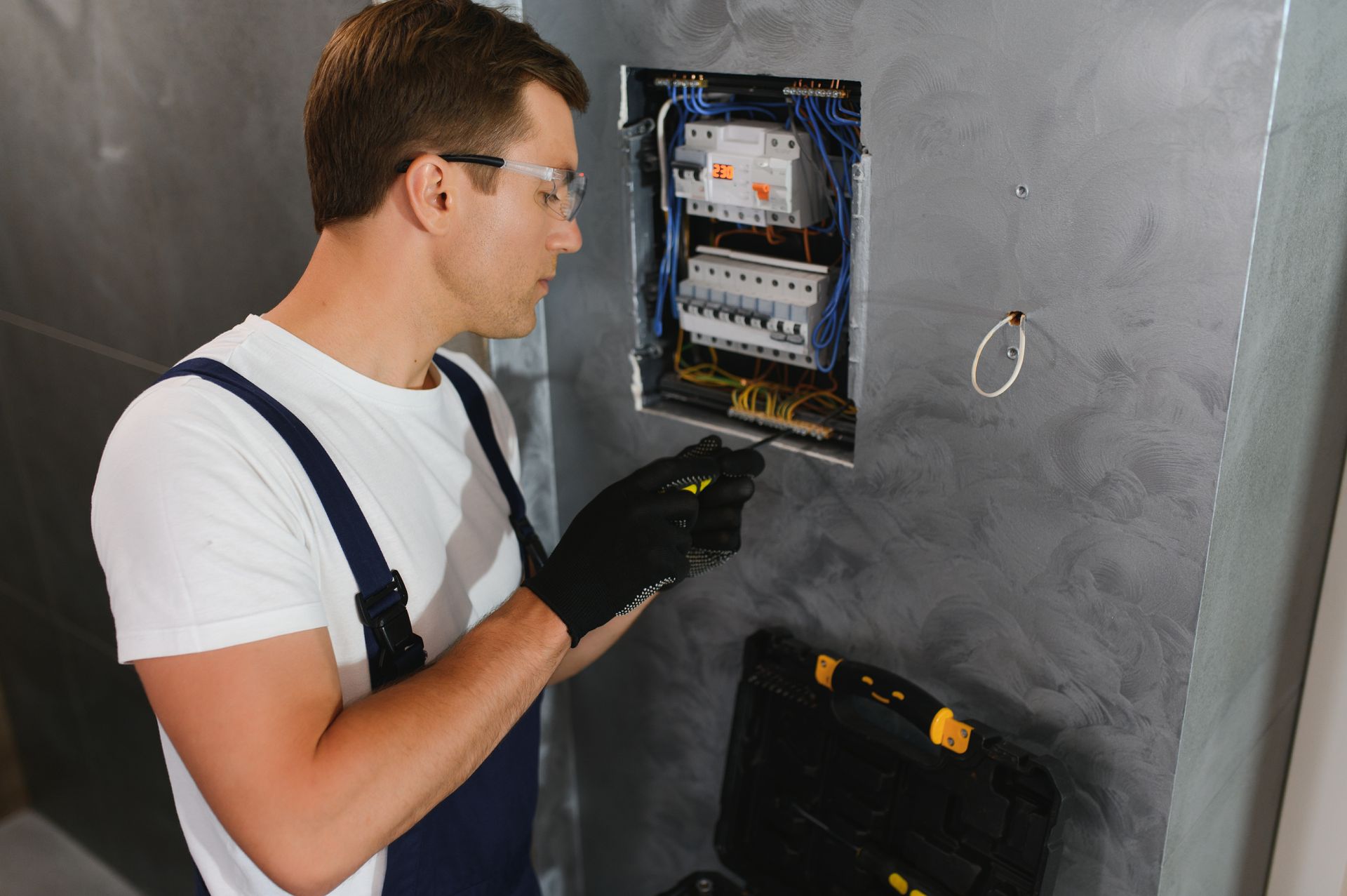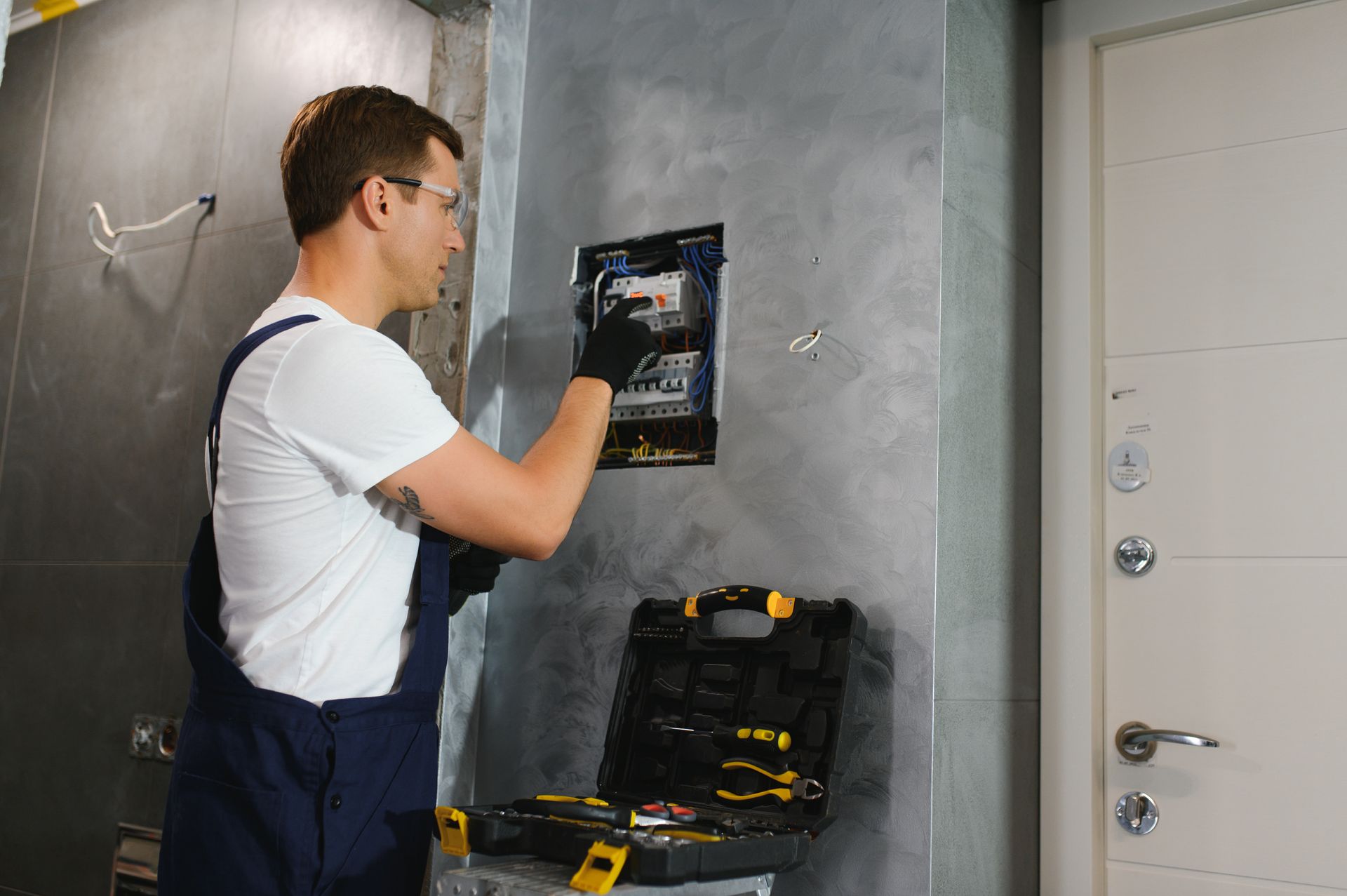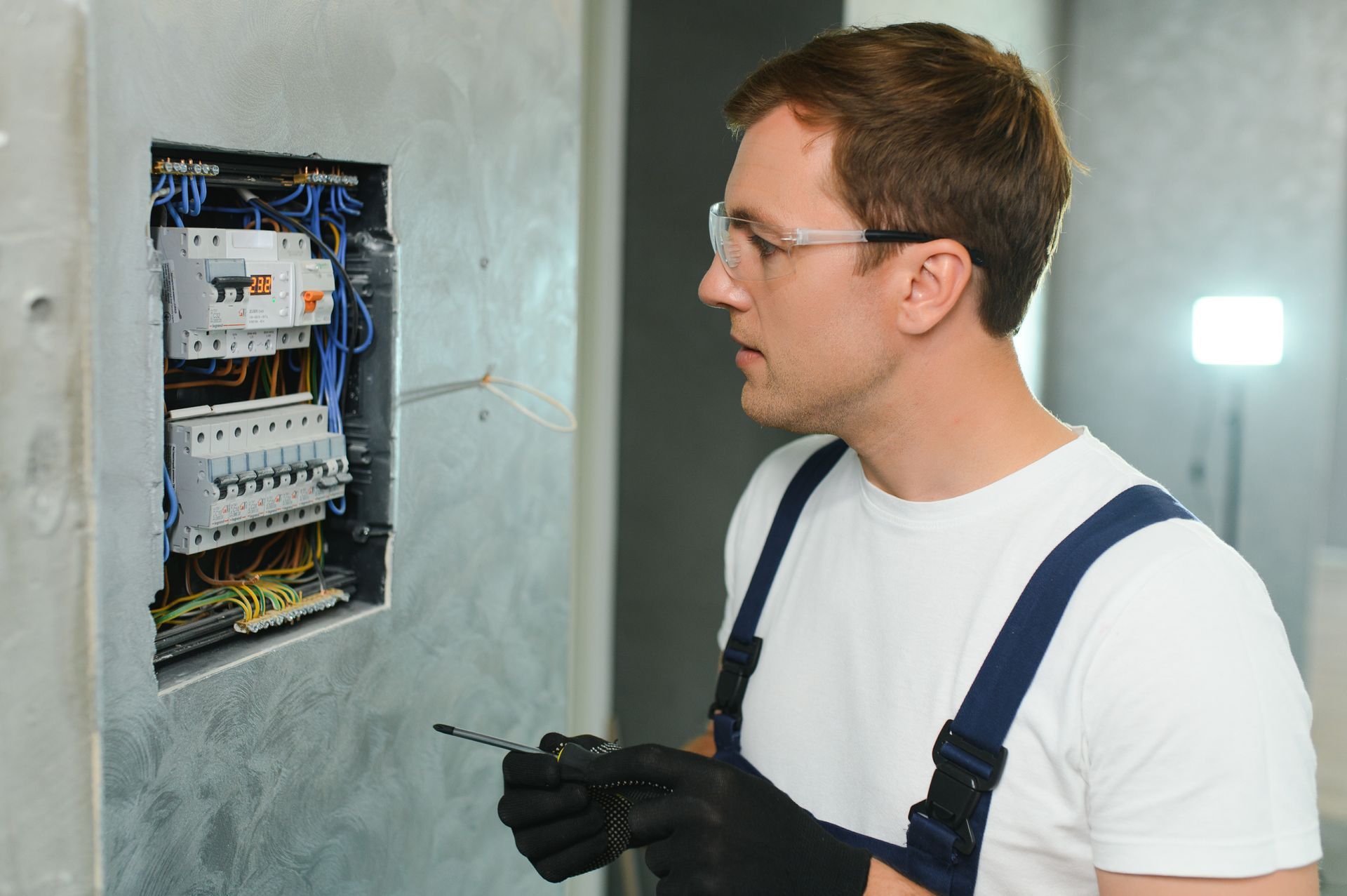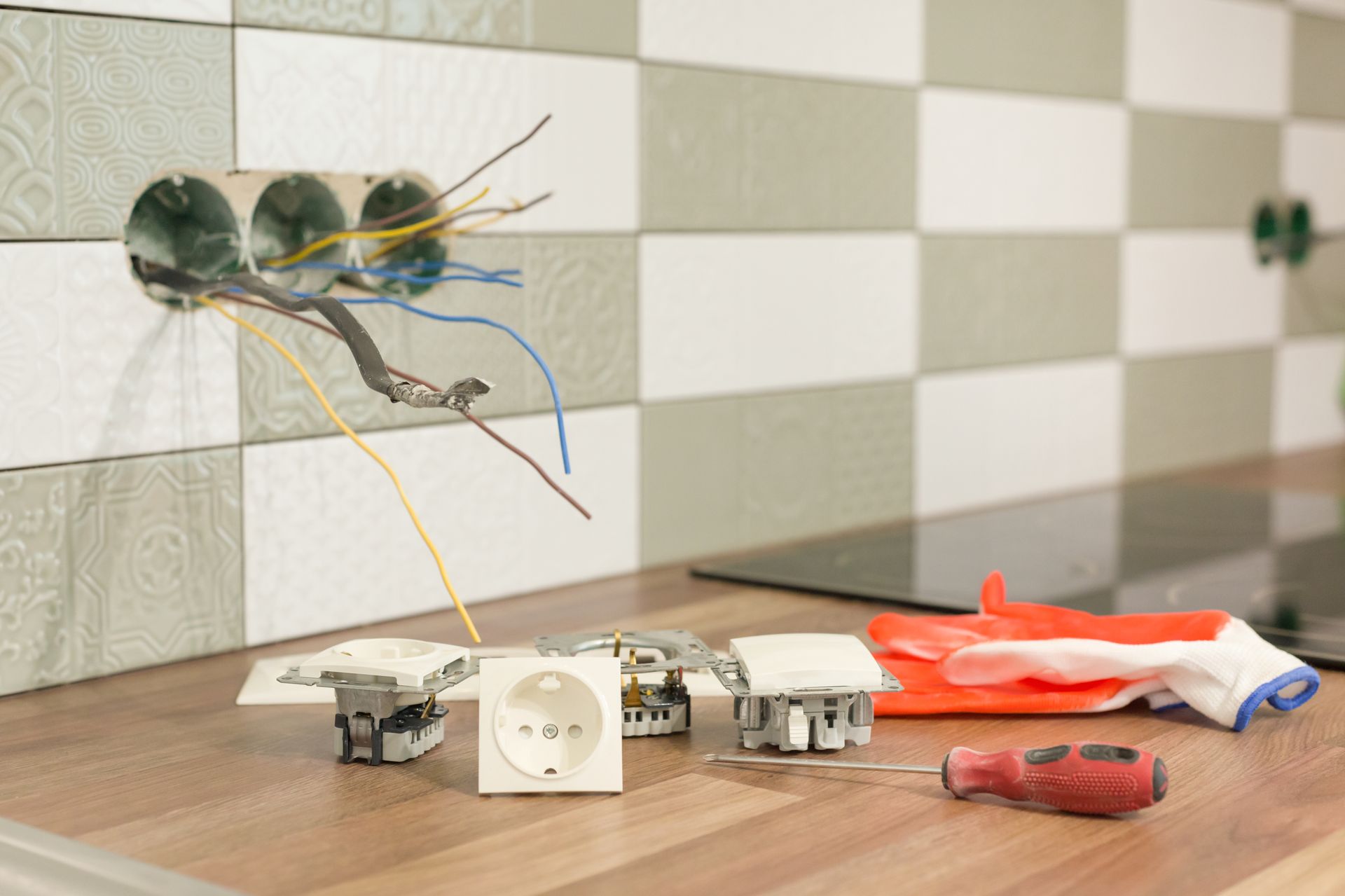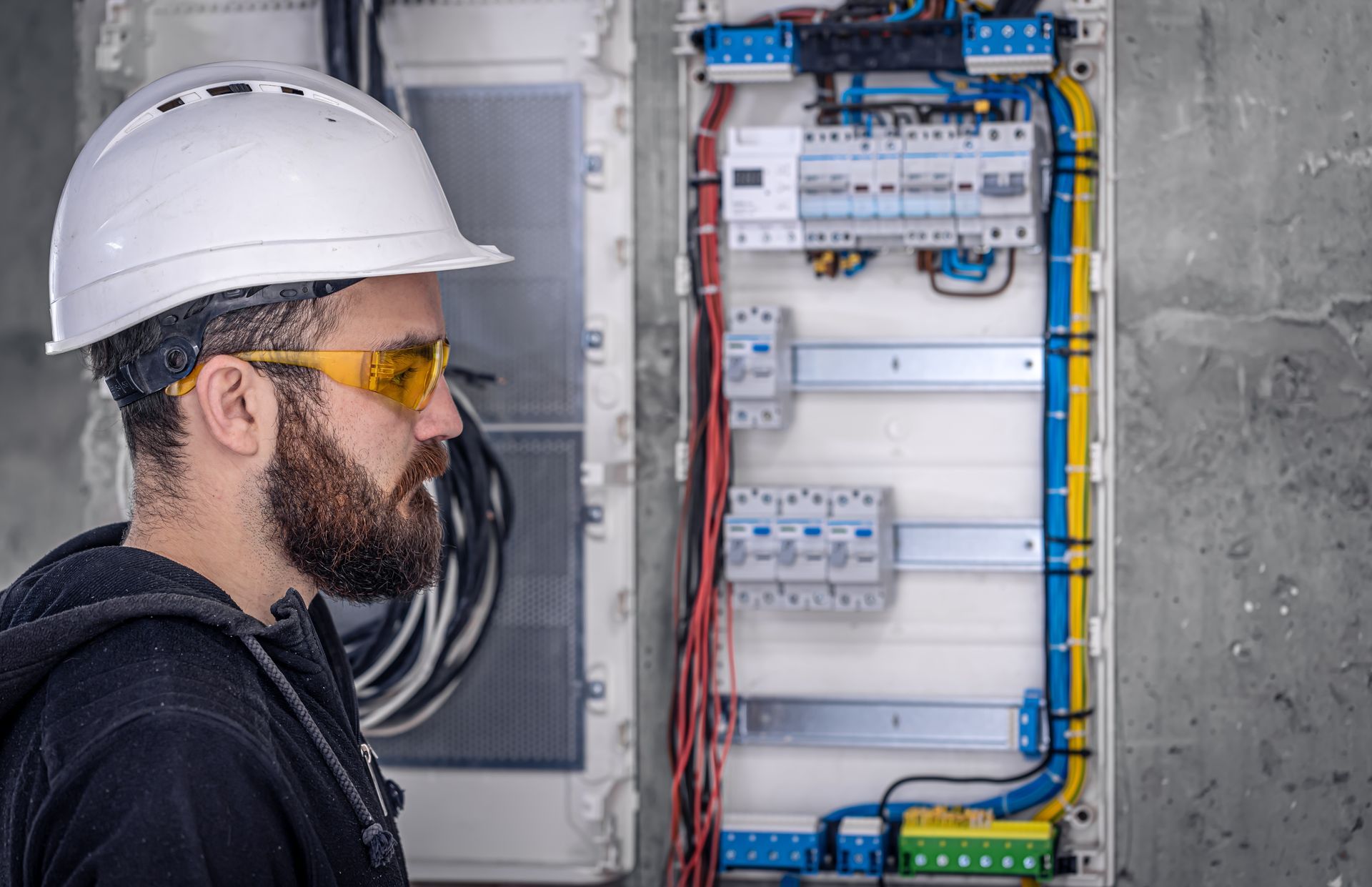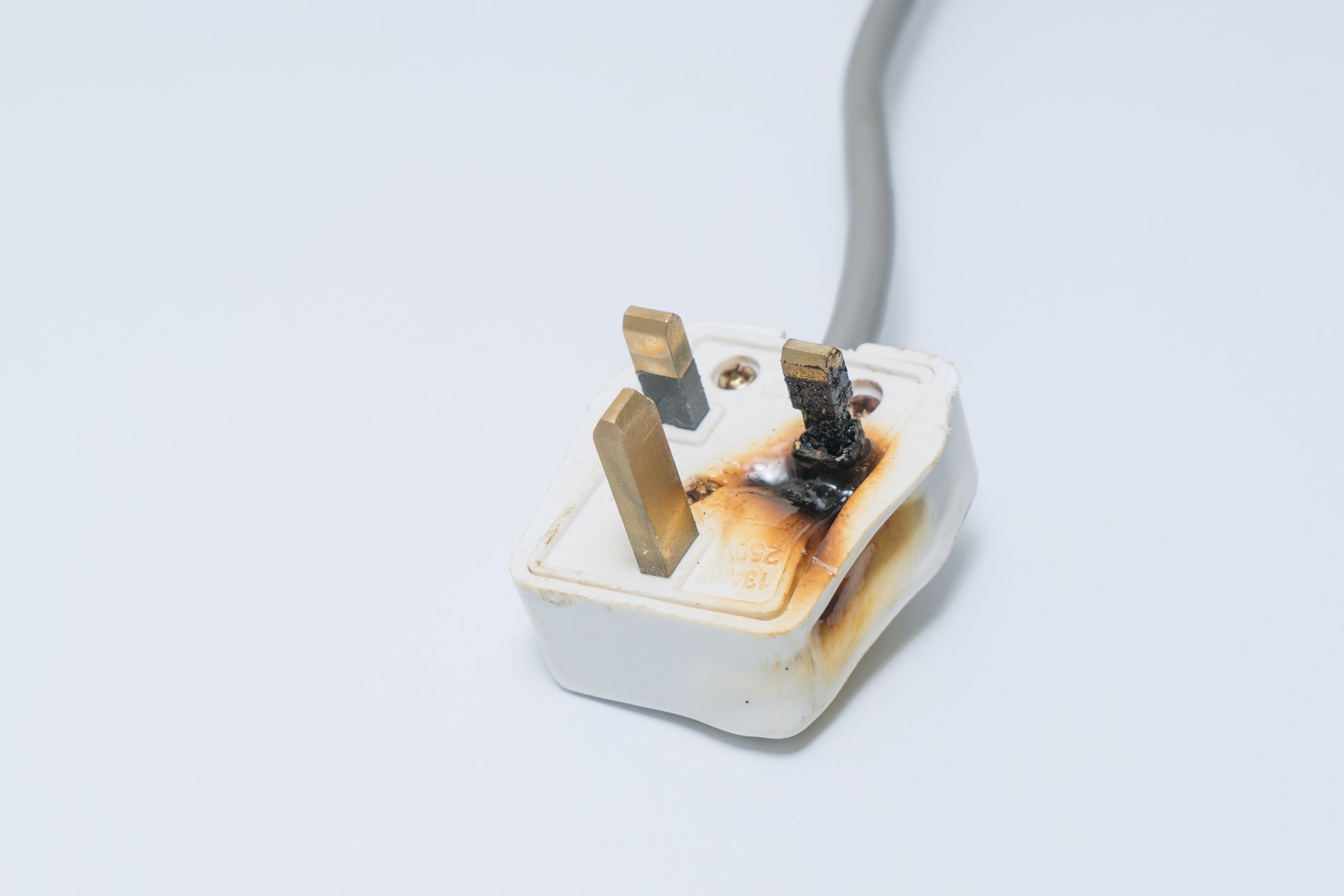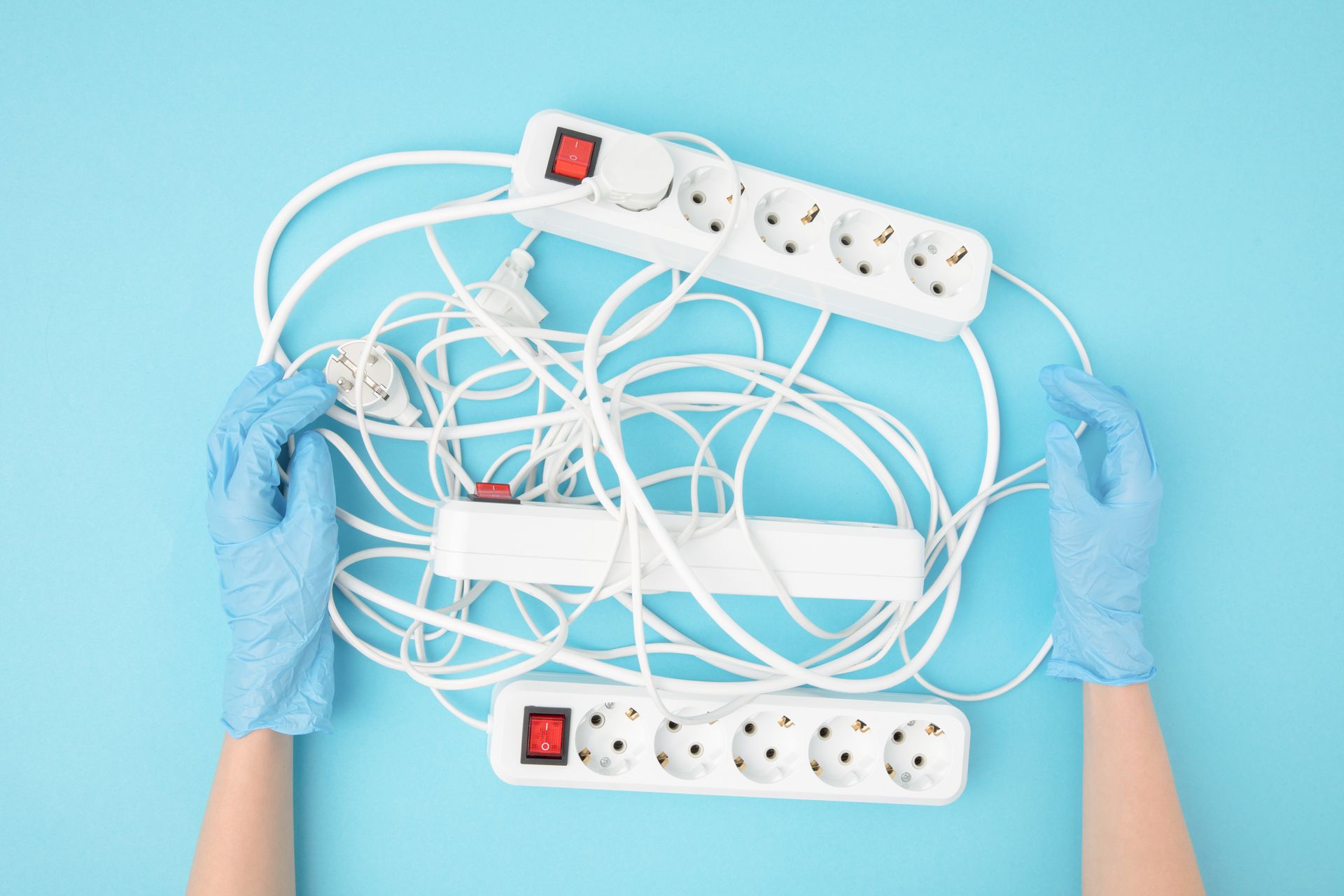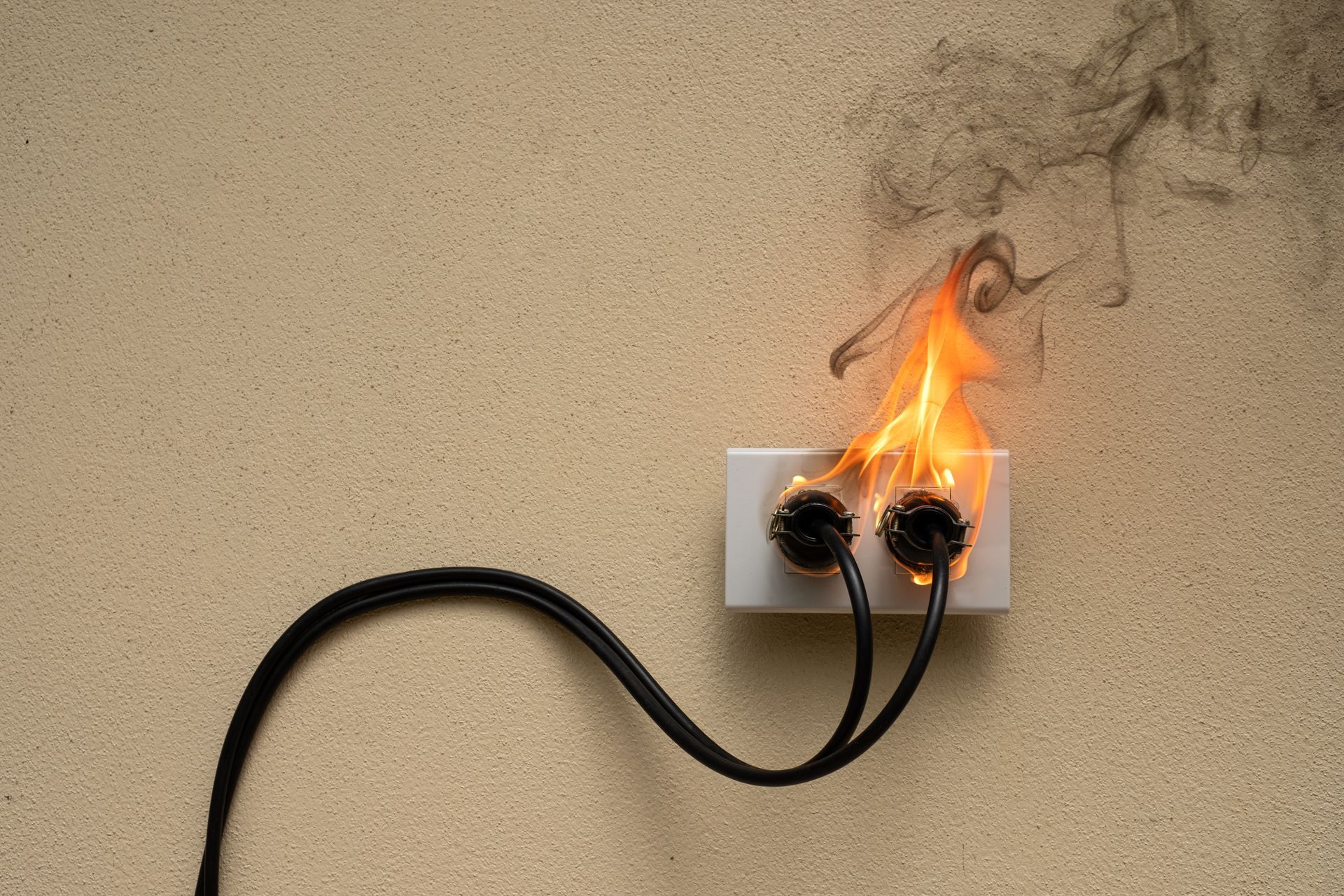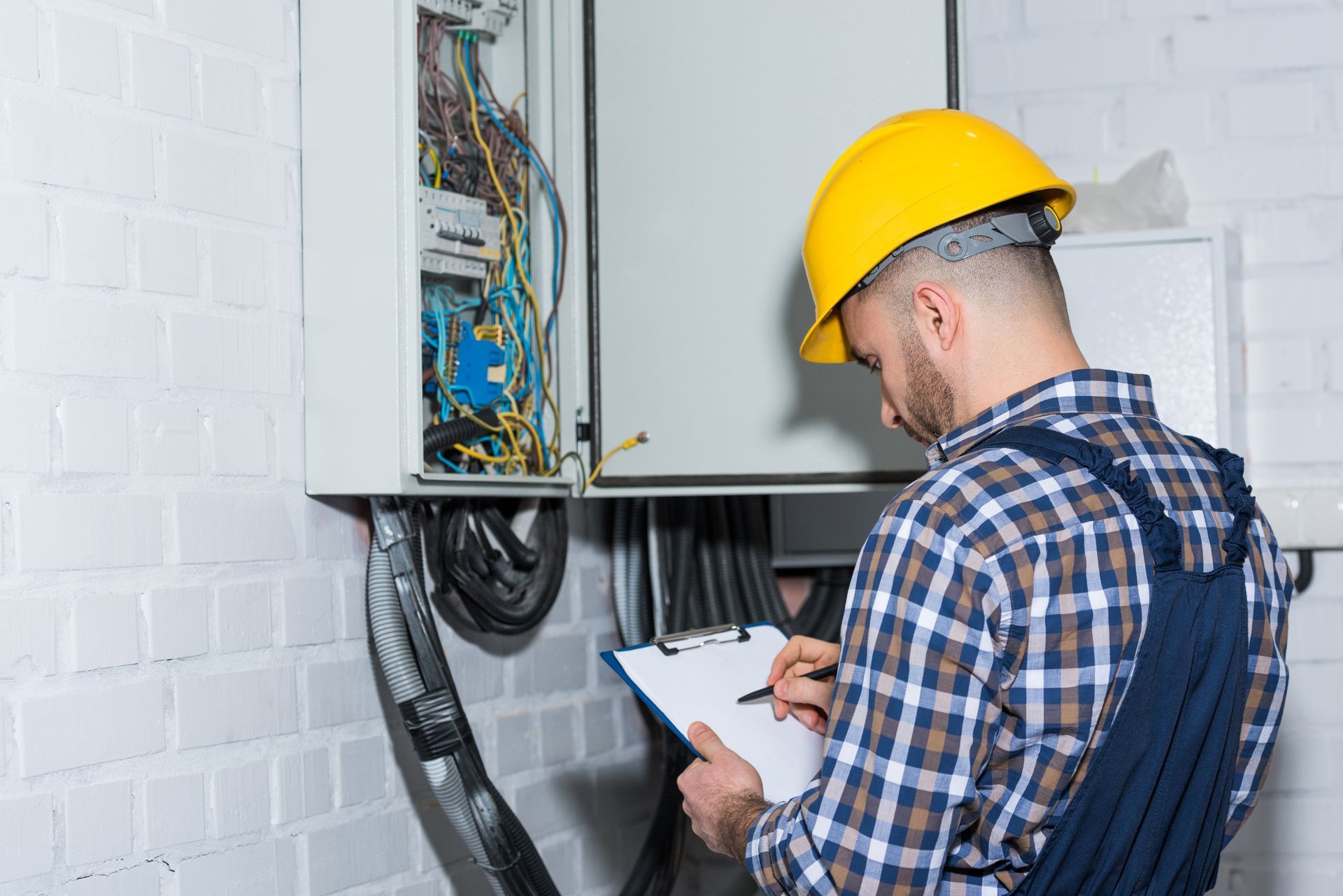How to Reduce Electricity Consumption and Lower Your Bills
How to Reduce Electricity Consumption and Lower Your Bills
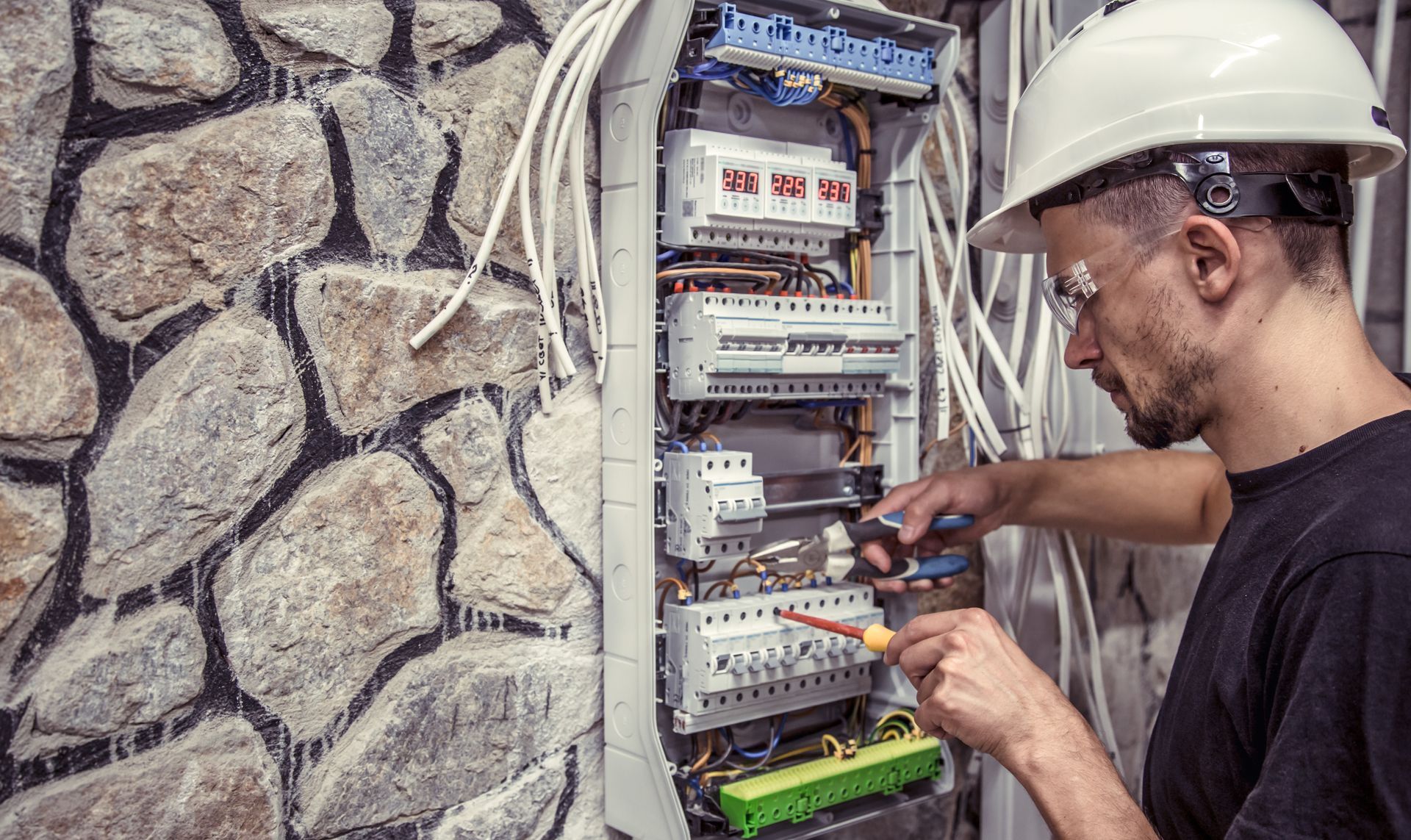
Reducing electricity consumption not only helps lower energy bills but also contributes to a more sustainable environment. Whether for a home or business, there are practical strategies you can implement today to save energy and minimize costs without sacrificing comfort or efficiency.
1. Upgrade to Energy-Efficient Appliances
Energy-efficient appliances, marked by the ENERGY STAR label, consume significantly less power. For example, switching to a modern refrigerator or air conditioning unit can reduce energy usage by 20-30% compared to older models. Though they may come with a higher upfront cost, energy-efficient appliances pay for themselves in the long run with lower electricity bills.
2. Optimize Heating and Cooling
Heating and cooling account for a large percentage of electricity costs. To optimize these systems:
- Use programmable thermostats to regulate temperature when you’re asleep or out.
- Seal gaps in doors and windows to prevent drafts, which makes heating and cooling more efficient.
- Clean filters and service HVAC systems regularly to maintain optimal performance.
3. Embrace LED Lighting
Lighting is one of the easiest areas to cut down on electricity use. Replacing incandescent bulbs with LED lights can reduce energy usage by up to 75%, as LEDs use significantly less power and last much longer. You’ll benefit from lower electricity bills and spend less on bulb replacements.
4. Unplug Devices Not in Use
Even when turned off, many electronics consume electricity while plugged in—known as “phantom” or “vampire” energy. Unplugging chargers, computers, and small kitchen appliances when not in use helps eliminate this hidden drain on energy. For convenience, use power strips that can be turned off with a single switch.
5. Install Smart Power Strips and Smart Thermostats
Smart power strips detect when devices are in standby mode and cut off their power supply, reducing unnecessary electricity use. Additionally, smart thermostats allow for precise control of heating and cooling settings, automatically adjusting based on your schedule and occupancy.
6. Use Natural Light
Make the most of daylight to reduce reliance on artificial lighting. Arrange your workspaces or areas of high activity near windows, and open curtains or blinds during the day to take advantage of natural light. It’s an easy, zero-cost way to save on electricity.
7. Reduce Water Heating Costs
Water heating is another major contributor to electricity bills. Reduce consumption by:
- Installing a low-flow showerhead to minimize hot water usage.
- Lowering your water heater’s thermostat to 120°F (49°C) to save energy without sacrificing comfort.
- Using cold water for laundry, as most detergents are effective in cold temperatures.
8. Run Large Appliances During Off-Peak Hours
In many areas, electricity rates vary depending on the time of day. Running large appliances like washing machines and dishwashers during off-peak hours (usually early morning or late at night) can result in cost savings.
9. Insulate Your Home or Building
Proper insulation keeps heat in during the winter and out during the summer, helping to reduce the demand on your heating and cooling systems. This is especially important in older buildings that may lack sufficient insulation. Look into attic, wall, and floor insulation to see where you can make the most impact.
10. Monitor Your Usage with Circuit Mapping
A circuit mapping service can identify high-energy zones in your property and give insights into how and where you’re using the most electricity. With a clear understanding of your energy consumption patterns, you can make more informed decisions about where to cut back, make improvements, or redistribute load.
11. Solar Panels or Renewable Energy Solutions
For those looking to make a long-term investment in reducing energy costs, consider renewable energy sources like solar panels. While the upfront cost can be substantial, solar power allows you to generate your own electricity, reducing reliance on the grid and potentially eliminating electricity bills.
12. Adopt Energy-Saving Habits
Simply becoming more mindful of your electricity use can have a big impact. Turn off lights when leaving a room, use smaller kitchen appliances for quick meals, and only run dishwashers or washing machines with full loads. Small habit changes add up over time and help establish a more energy-efficient routine.
Start Saving Today
By implementing these strategies, you can see real changes in your electricity consumption and monthly bills. Whether it’s through investing in energy-efficient technology, adopting smarter usage habits, or getting expert help to optimize your circuits, every action helps reduce your electricity footprint. Start making these changes today, and enjoy the savings and sustainability that come with smarter energy usage.
